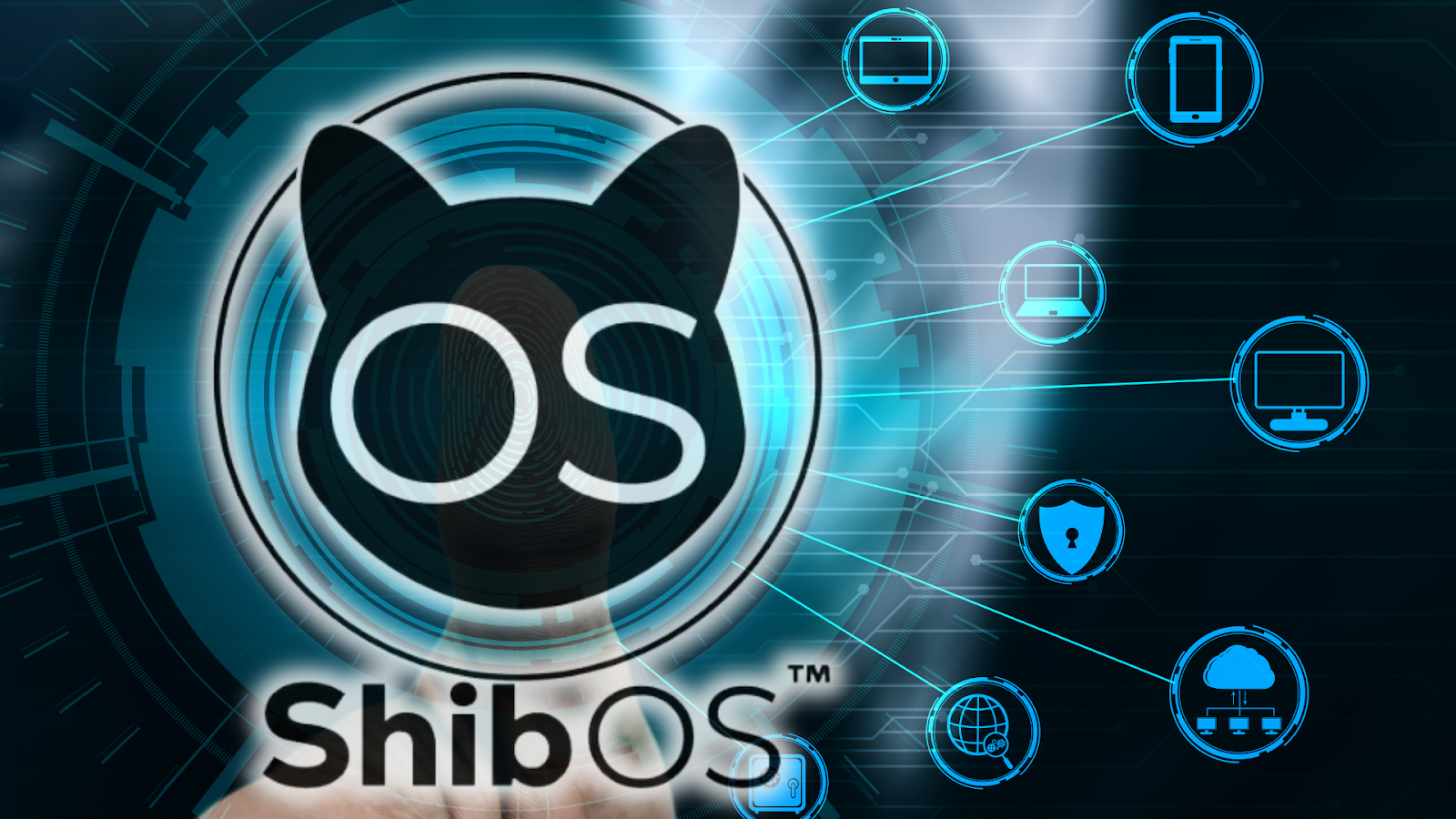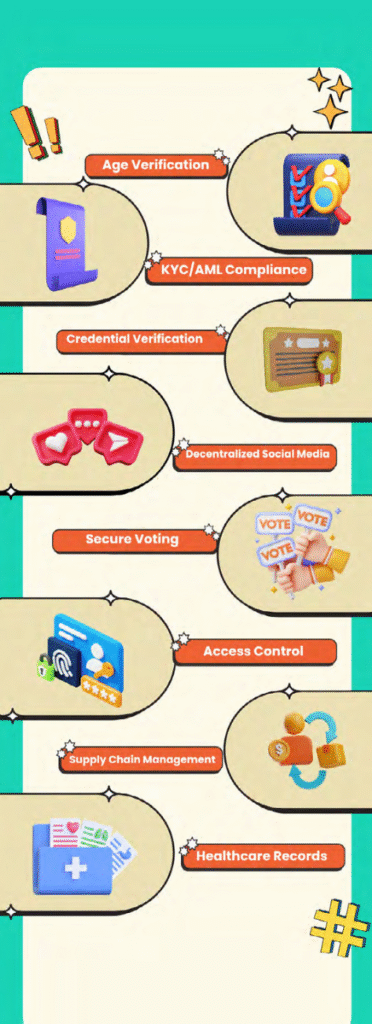0x12…qrst

In a world wary of data breaches and centralized control, Shiba Inu’s bleeding-edge Shib OS proposes to deliver a revolutionary answer: a Shib OS Decentralized Identity system that puts the power of privacy and security directly into your hands. This isn’t just another tech upgrade; it is a fundamental shift, employing encrypted credentials and blockchain attestations to forge a more empowering digital future.
Initially known for its meme-coin origins, the Shiba Inu project evolved into a technology provider. Its most ambitious project, the Shiba Inu Operating System (Shib OS), offered a comprehensive platform for decentralized applications and services. Central to this vision was a robust decentralized identity system, designed to address growing concerns about privacy and data control in the digital age.
Shytoshi Kusama, the pseudonymous lead ambassador and visionary of Shiba Inu, had consistently advocated for a shift in power from centralized entities that collected and controlled user data to individuals themselves. This philosophy underpinned the design choices made throughout Shib OS, and it was most clearly manifested in its approach to identity.
The Shib OS identity system was not a single component but rather a suite of interconnected features that worked together to create a self-sovereign identity solution. These included:
This is the foundational layer, providing the core cryptographic infrastructure. It leveraged Fully Homomorphic Encryption (FHE), an advanced cryptographic technique.
Unlike traditional encryption, where data must be decrypted before it can be processed, FHE allows computations to be performed directly on encrypted data. This means a user’s identity attributes (age, nationality, qualifications, etc.) could be verified without revealing the underlying sensitive information to the verifier or even to the ShibOS platform itself.
This enables a range of privacy-preserving applications. For example, a user could prove they are over 21 without revealing their date of birth, or they could verify their employment history without sharing their salary or performance reviews.
Kusama emphasized the importance of FHE in the face of emerging technological threats. “Quantum computing can break military-grade encryption,” Kusama warned, in episode 3 of his exclusive podcast, “Meme Mania and the 36 Chambers of Tech.” “You think you don’t need FHE? You’re wrong.”
This service allows for the creation and management of on-chain attestations.
Attestations are digitally signed statements made by one entity about another. In the context of Shib OS, they are used to verify specific claims about a user’s identity or attributes.
These attestations are stored on the blockchain, making them tamper-proof and publicly verifiable (though the underlying data could remain encrypted, thanks to FHE).
Users could choose which attestations to share with whom, giving them granular control over their personal information.
While primarily a communication platform, HUB Messaging plays a role in the identity system by providing a secure environment for users to interact and potentially request or provide attestations.
HUB Messaging also used FHE to encrypt conversations, ensuring that even the platform administrators could not access user data.
Users could use HUB Messaging to securely request attestations from institutions or individuals.
The governance body of Shib OS utilized the identity system for its “one-citizen-one-vote” model. This ensured fair representation and prevented Sybil attacks (where one entity creates multiple fake identities).
Verified identities through the Identity Stack are used for participation in the DAO.
These systems, while not directly part of the identity verification process, were closely linked to the overall concept of a user’s digital identity within Shib OS.

The Shib OS decentralized identity system has the potential to be applied in a wide range of scenarios, including:
Kusama also envisioned Shib OS as a platform that embraced interoperability. “What if all these pieces of tech were interwoven and put on your favorite blockchain, even if it’s not Shibarium?” Kusama asked, suggesting an openness to integrating with other blockchain networks.
While emphasizing the transformative potential of Shib OS, the project also acknowledged the inherent complexities of building a decentralized identity system. The team recognized that widespread adoption would require ongoing development, user education, and collaboration with various stakeholders.
The Shiba Inu Operating System’s decentralized identity system represented a significant attempt to redefine digital identity management. By combining FHE, on-chain attestations, and a user-centric design, Shib OS aimed to provide a more secure, private, and empowering alternative to traditional, centralized systems. The project’s focus on user control and interoperability signals a broader vision for a more decentralized and user-centric future for the internet.